What do the end-of-the-world narratives tell us about the climate crisis?
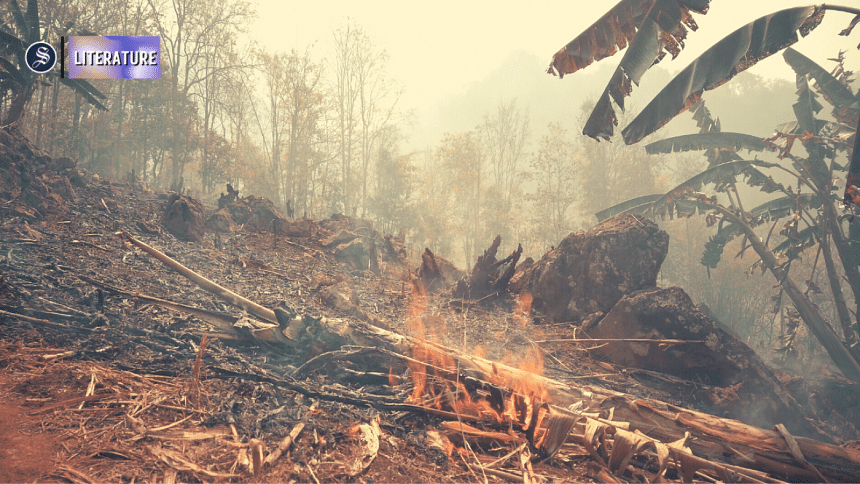
SPIEGEL: Professor Adorno, two weeks ago, the world still seemed in order. . .
ADORNO: Not to me.
In 1969, in a conversation with the German weekly Der Spiegel, Theodor Adorno cut short the interviewer even before they could finish the opening sentence when they were suggesting that the world was in a normal state. Adorno's sharp reply and intervention here at least for a moment remove us from the cacophony of everyday life, take us a step back, and make us look at our world from this dialectic of apparent normalcy and the possibility of everything not being normal the way it appears. The post-Covid-19 recognition of the new normal and cry and nostalgia for the pre-pandemic normalcy is fresh in our memory and we are still negotiating our way between the two normals. A drive to stay in the normal and maintain its façade is crucial to what makes social reproduction possible in neoliberal capitalism. The façade of the normal is maintained and continued by narratives–a plethora of narratives circulated in everyday discourses, mass media, social media, and real and virtual spaces that imbue in us the idea that the world is still in order. Contrarily, there also exist narratives that challenge the existence of a normal world, and much like Adorno asserts loudly, "Not to me".
The imagination of a world in a normal state comes under serious scrutiny when we realise that the threats of climate change are upon us. In response to the public imagination of an elusive normal, the literature on climate change including scientific and journalistic accounts tells a different story and questions this widely distributed perception. An emerging genre of climate fiction is in circulation in the literary market that centres on climate change and generally portrays a futuristic world ravaged by climate and environmental disasters. There is also a rich tradition of apocalyptic, post-apocalyptic, and dystopian narratives in literature and film that allegorise the climate crisis in the form of catastrophe, ecological collapse, and destruction of human civilisation on a planetary scale. These narratives, besides presenting a speculative future very much grounded on realistic interpellation, problematise the widely accepted belief of normalcy and question whether we can go on doing our business as usual in the wake and midst of a planetary crisis. The narratives that imagine the end of the world, which we can call end-of-the-world narratives, situate us in the quagmire of a crisis that we prefer to circumvent and shift our gaze to the impending disasters that await us if we do not act now.
Thinking of the roles of narratives in responding to the climate crisis, the most obvious one that comes to mind is the effective reach of narratives that connect us to the crisis, emotionally and intellectually. Narratives need not be ostensibly and ostentatiously didactic but the very representation of the crisis through storytelling can create affective registers that inform how people feel, think, and act. Narratives evoke a range of emotional responses that extend from recognizing the crisis with considerable urgency to inspiring people to social and political activism.
End-of-the-world narratives do not always refer to the literal physical annihilation of the planet but also speak of the end of the world as we know and see it. They portray a world where the climates and environments we know no longer exist. How our world will look after the nature, environment, and climate that sustain our current global civilisation cease to exist remains a representational and thematic preoccupation in these narratives. Futuristic novels like Margaret Attwood's The Handmaid's Tale, Cormac McCarthy's The Road, Kim Stanley Robinson's New York 2140, Omar El Akkad's American War, and Rita Indiana's Tentacle among many others portray not only the end of nature and climate as we know it but also what vicious socio-economic and political future awaits us. Films like the Mad Max franchise, Interstellar, Snowpiercer, and Day After Tomorrow are no less imaginative, and some films like 2012 and Don't Look Up take it to the extreme of imagining the apocalypse in a sort of biblical rendition. What these narratives most importantly do in imagining a bleak and depressive futurity is problematize the widely distributed perception that everything is normal and warn us of what might happen if we go on with business-as-usual in the wake of an imminent catastrophe.
In March 2023, The Intergovernmental Panel on Climate Change (IPCC) released the final instalment of the Sixth Assessment Report known as the Synthesis Report where they issued the ultimate warning of irreversible climate damage if global temperature rise cannot be limited to the threshold of 1.5C above the pre-industrial levels. Despite increasing threats of extreme weather events, growing food and water insecurities, and precarious death and displacement, the insufficiency of sustainable actions taken by the major political and economic powers of the world is frustrating. The absence of radical action on checking the carbon and greenhouse gas emissions and limiting the temperature rise below the 1.5C threshold means a complete climate breakdown and irreversible climate damage are on the horizon. With such a threat looming large, the concerns that ought to be present in the political, media, and public spheres are far from the minimum. Fossil fuel giants making a profit as usual, the consumerist logic of planned obsolescence showing no signs of slowing down, and the billionaire class keeps accumulating more wealth at the expense of the planet. The business goes on as usual as if everything is in a normal state.
The end-of-the-world narratives problematize and critique the mass acceptance that we live in a normal world and that business can go on as usual. Most importantly, they warn us of what can happen if we do not act now. Problematising the normal is the first step in critically engaging the climate crisis and being involved in climate action. Once the idea of the normal is unsettled, our rose-tinted glasses fall off our eyes and we get to recognise the crisis as a crisis. The warnings of doom and cautionary tales of ruined futures repeatedly remind us of what might happen when the myth of unlimited growth and endless accumulation on a finite planet engulfs us and we treat the planet as expendable. The vision of an apocalypse thus makes us see the false promises of capitalism that are embedded in the drive for endless accumulation when the dismal futurity of a resource-drained planet and its ecologically ruined landscapes are presented before us. The imagination of ultimate ruins then opens a mode of critique and a radical potential for alternative political imaginations to counter the hopeless surrender to desolate ruins. Even if most end-of-the-world narratives do not explicitly table utopian imagination of a future alternative to the capitalist reality, they open this space for critiquing capitalism and its myopic visions that are leading the planet to an irreversible catastrophe. Tapping into this critique is crucial for any alternative political imagination and action that can open possibilities for new climate futurity that does not go in the direction of irrevocable damage.
While end-of-the-world narratives problematise the normal and critique business-as-usual under the global capitalist regime, they also run the risk of normalising the crisis and making the intolerable tolerable. The familiarisation of impending catastrophes through overproduction and overconsumption of a formulaic genre can lead to making the threats and fears of catastrophes bearable. Once the intolerable becomes tolerable, it becomes possible to circumvent the political question and these narratives become Cassandran warnings that only a few pay heed to. The possibility of naturalising the catastrophe holds this devastating potential of bypassing both addressing the question of the political and encountering the crisis politically. Evading the political system gives in to our already existing inability to imagine a system beyond capitalism. This inability to imagine a political future beyond an ecologically unsustainable system can potentially hamper radical climate activism.
The end-of-the-world narratives operate between the dialectical engagement of problematizing the normal and calling for radical climate action on the one hand and normalising the problem and circumventing the call for action on the other. Despite the risk of the latter, end-of-the-world narratives hold immense possibilities for recognising the climate crisis and communicating the necessity of taking political action. Literary critic Gerry Canavan argues that apocalypse and utopia collapse into one another as "they are each disguised versions of a single imaginative leap into futurity". That means apocalyptic imagination implies utopian potentiality and it guides us to make the critical move that is necessary to question the business-as-usual and problematize it so that we can think of alternatives to a world that otherwise appears bleak and hopeless and act now to change the course of a disastrous future. End-of-the-world narratives tell us it is high time we stop accepting that the world is in order.
Raihan Rahman is a PhD researcher in the Department of English at the University of Massachusetts Amherst.

 For all latest news, follow The Daily Star's Google News channel.
For all latest news, follow The Daily Star's Google News channel. 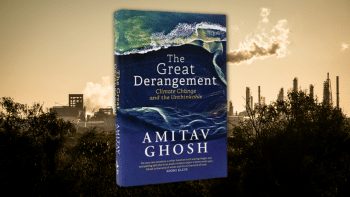
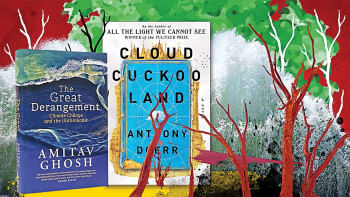
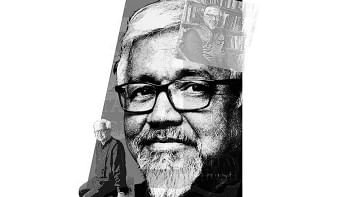




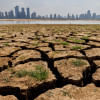



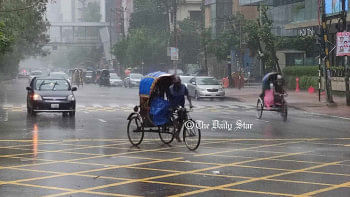
Comments